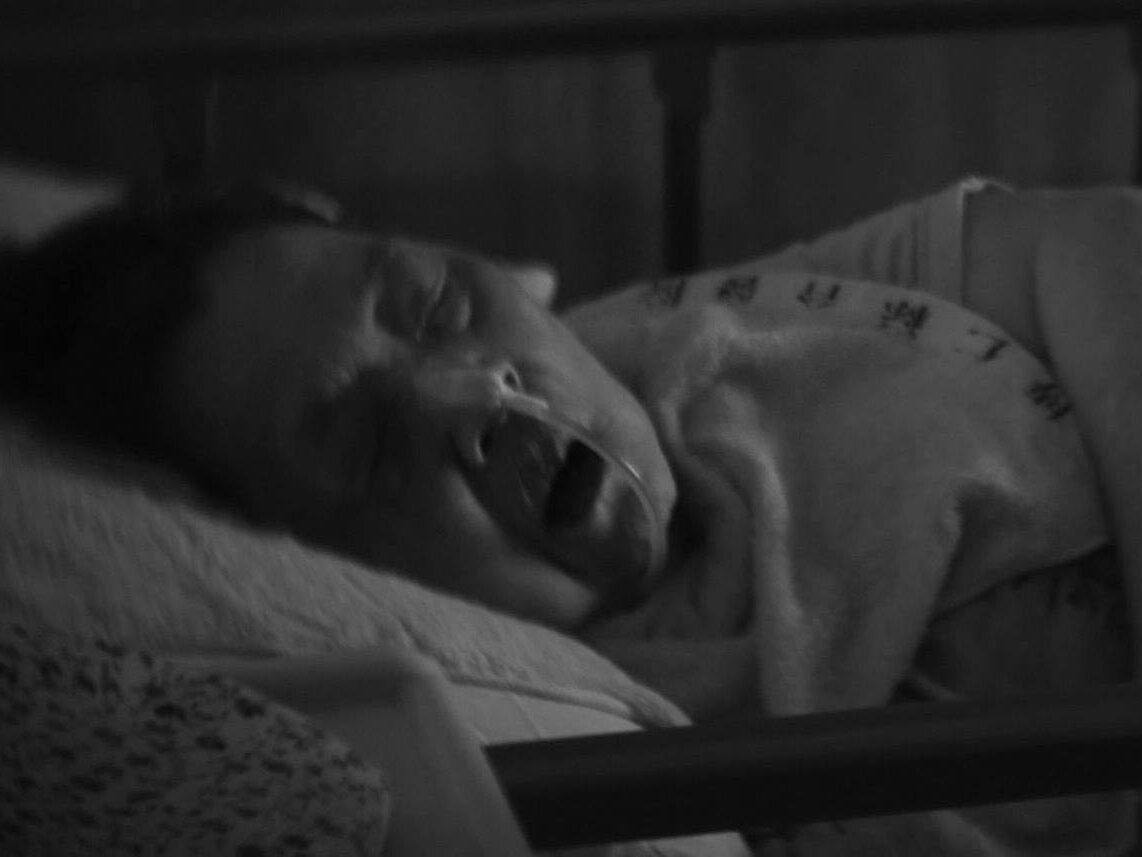“It’s a story of service, often against resistance.”
When Canada entered the First World War, hundreds of thousands of men and women rushed to enlist.
But, as we find out in a new exhibition opening Friday at the Canadian War Museum, in the early years Black Canadians were almost always denied the opportunity to serve their country.
The quandary led one Southern Ontario man, Arthur Alexander, to write to the minister of militia and defence asking why that was the case. The answer he received denied the existence of a colour bar.
Alexander’s letter is reproduced in the exhibition, A Community at War — The Military Service of Black Canadians of the Niagara Region, alongside text that speaks to the reality of the situation for prospective BIPOC soldiers: There may not have been official race restrictions, but local recruiters had the power to accept anyone they saw fit — or turn them away.
“Almost from the start of the war, Black Canadians were saying, ‘We want to serve,’” Tim Cook, the military historian and author who is director of research at the museum, said during a media preview Thursday. “But there was systemic racism within the units so they could turn them down.” Until they needed the manpower, that is.
By 1916, about 1,300 Black Canadians served in the First World War, Cook said, with about half of them assigned to No. 2 Construction Battalion, forming the largest Black unit in Canadian military history.
However, not all Black Canadians who enlisted were relegated to construction work, and some of them are among the 22 men and women highlighted in the exhibit: William White was a chaplain and officer, while James Grant and John Bright both fought at the front and were recognized with military medals.
“I think that shakes the narrative a little bit,” Cook said. “That isn’t to say there wasn’t racism and systemic barriers, but it’s worth remembering that about half of the known Black Canadians who served served in combat bore arms at the front.”
Consisting of a series of panels mounted in a hallway next to the tank room, it’s a small exhibition that covers a lot, putting the spotlight on 200 years of military contribution by Black Canadians. Originally developed by the Niagara Military Museum, it’s the result of research initiated by the late Wilma Morrison, the Niagara woman who was considered an authority on the Black history of the region. She died of COVID complications in 2020 at the age of 91.
”The show speaks to the service and sacrifice of Black Canadians from this particular community,” Cook said, “which I think speaks to the larger national story that Black Canadians have served this country from the American Revolution through the War of 1812, the First World War, the Second World War, and up to this very day.
“But at the same time,” he added, “there have been systemic barriers that have denied many Black Canadians from serving, and that is a part of the story that we worked into the text. It’s a story of service, often against resistance.”
Britt Braaten, the museum’s creative development specialist, who also worked on the exhibition, hopes the recognition of Morrison inspires people to gather stories of military service in their own families and communities.
“When Wilma created this show, I don’t think she would have envisioned giving it a national showcase so my hope is that it will get people who have passion projects to come to us,” she said, noting that inclusion is about making people feel welcome. “And what makes people feel welcome is telling the stories they care most about. That’s why this is a really important exhibition. It’s a step in the right direction for the museum.”
To visit the museum, which is open Wednesday to Sunday, you must book a timed admission ticket in advance at warmuseum.ca. Proof of vaccination is no longer required, but masks are mandatory and physical distancing is encouraged.
The exhibition runs to May 8.
source o.canada.com
分類
